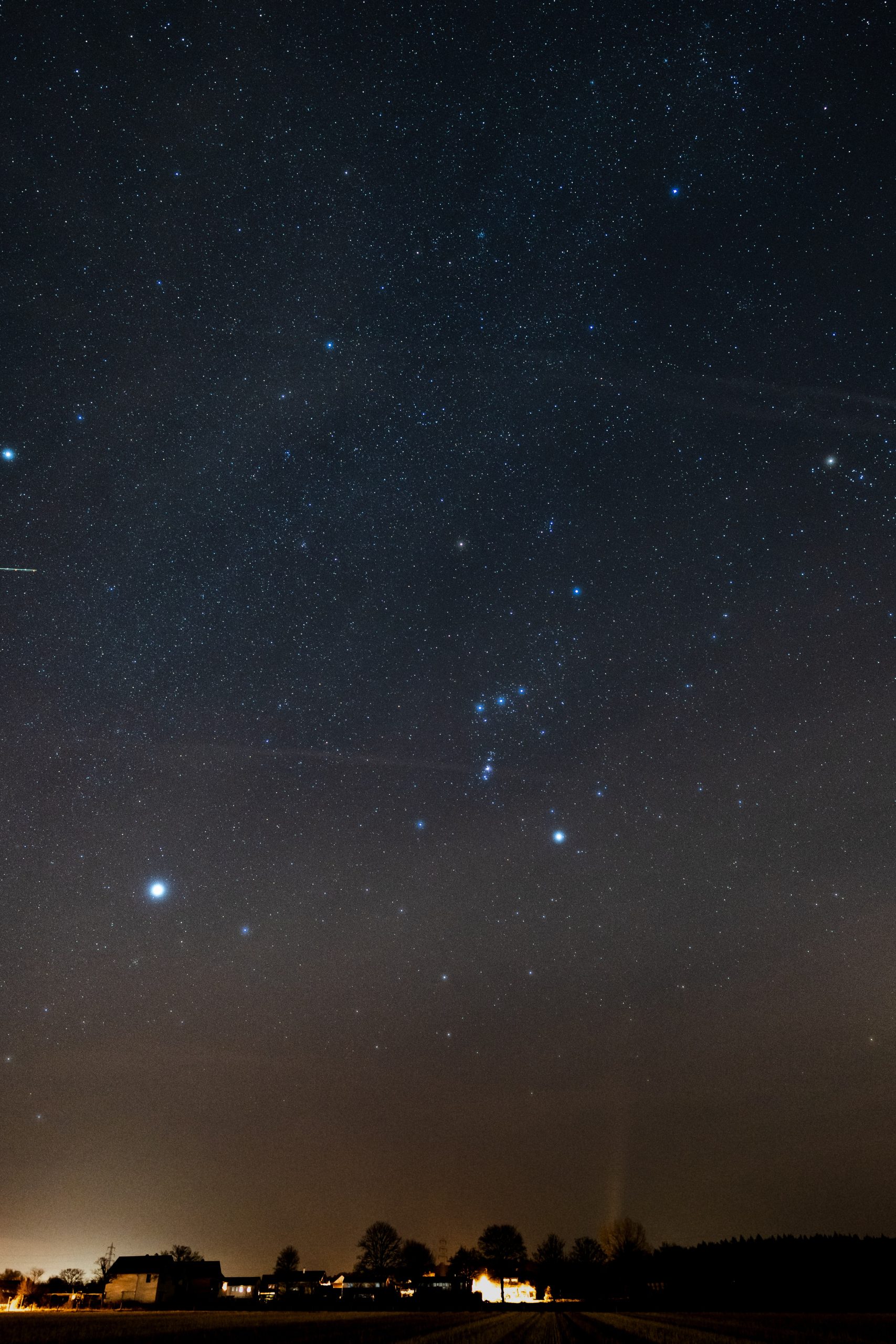The Fascinating Full Moon Cycles: A Closer Look into Lunar Phases
Throughout human history, the moon has captivated our imagination and played a significant role in various cultures and traditions. Its luminous presence in the night sky has been the subject of countless myths, fairy tales, and poems. But beyond its ethereal beauty lies a fascinating astronomical phenomenon: the full moon cycles.
Understanding Lunar Phases
The moon, Earth’s natural satellite, orbits our planet in a predictable manner, completing a full revolution every 29.5 days. As it travels around Earth, the position of the moon in relation to the sun and our planet gives rise to the different lunar phases.
The lunar phases can be broadly categorized into four primary stages: new moon, first quarter, full moon, and third quarter. The most captivating and widely recognized among these is the full moon, when the entire lunar surface is bathed in sunlight and appears as a complete circle.
The Science Behind Full Moons
To understand why and when full moons occur, we must delve into the mechanics of lunar motion and the interplay between the moon, Earth, and the sun. The moon doesn’t emit light itself; rather, it reflects the sun’s light towards our planet.
During a full moon, the sun, Earth, and moon align in a straight line, with Earth positioned between the sun and the moon. This alignment allows the sun to illuminate the moon’s entire visible hemisphere, resulting in its striking luminosity.
As the moon orbits Earth, its visibility changes, leading to the various lunar phases. After a full moon, the moon gradually moves away from the sun, causing the sunlit portion of the moon visible from Earth to decrease. This progression continues until the moon transitions into a new moon, where it is no longer visible.
Full Moons and Ancient Calendars
Full moons have played a crucial role in the development of ancient calendars across cultures worldwide. Early civilizations looked to the moon’s cycles to measure time, track seasons, and determine agricultural and religious festivities.
In the absence of modern tools, ancient societies relied on the lunar calendar to guide their daily lives. Each full moon marked the completion of a lunar month and initiated the beginning of the next cycle.
The ancient Greeks, for example, used the Metonic cycle, a period of 19 years during which the phases of the moon repeat on the same days. This celestial cycle helped align lunar and solar calendars, ensuring the accurate timing of religious celebrations and agricultural activities.
Similarly, the Islamic calendar, based on the lunar year, follows a 354 or 355-day cycle determined by the sighting of the crescent moon after a new moon. The appearance of a full moon in this calendar holds cultural and religious significance, particularly during the holy month of Ramadan.
Modern Applications and Cultural Significance
While full moons no longer solely dictate our calendars, they continue to hold cultural significance and inspire various beliefs and traditions. Full moons have provided inspiration for art, literature, and even shaped popular expressions like “once in a blue moon.”
Moreover, some cultures associate certain characteristics with the full moon, attributing a stronger effect on human behavior and natural phenomena. These beliefs, though not scientifically proven, have contributed to the creation of myths and legends surrounding the lunar cycle.
Additionally, many people find solace in observing the full moon’s beauty, appreciating its calming presence and using it as a source of inspiration for personal reflection and spiritual practices. Moon-viewing parties and rituals are common among communities that revere the lunar cycle.
The Influence of Full Moons on Wildlife
Aside from their cultural and artistic significance, full moons also impact the natural world, particularly wildlife behavior. Numerous studies have observed changes in animal activity during a full moon, with some species showcasing increased nocturnal activity, reproduction, and foraging.
For example, marine organisms like coral reefs have reproductive events synchronized with the lunar cycle. The mass release of eggs and sperm into the water during a full moon maximizes the chances of reproduction and survival for these species.
Similarly, certain land-based species, such as wolves and owls, are known to exhibit heightened hunting behaviors during the increased nighttime visibility of a full moon. Conversely, other animals, like bats, may decrease their activity during full moons due to potential predator exposure.
Conclusion
Full moon cycles have fascinated humanity since time immemorial. Understanding the science behind these lunar phases allows us to appreciate the celestial mechanics responsible for this mesmerizing display in the night sky.
The significance of full moons spans across cultures and continues to influence human beliefs, traditions, and artistic expressions. Whether you view it as a source of spiritual inspiration, a natural calendar, or a catalyst for wildlife activity, the full moon remains a captivating celestial phenomenon that connects us to the wonders of the universe.
Table of Contents
